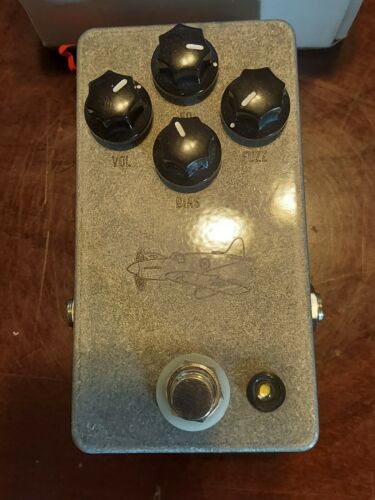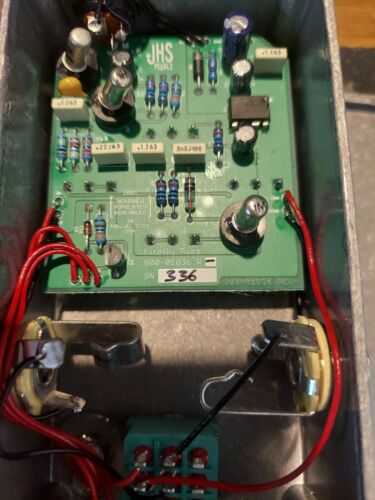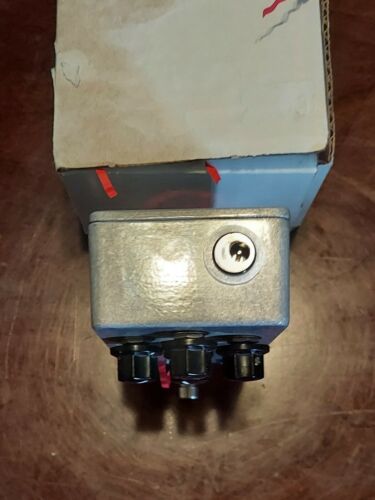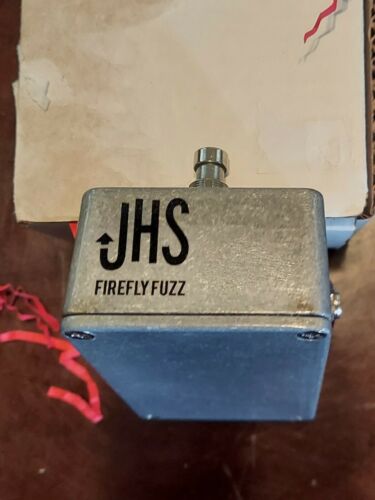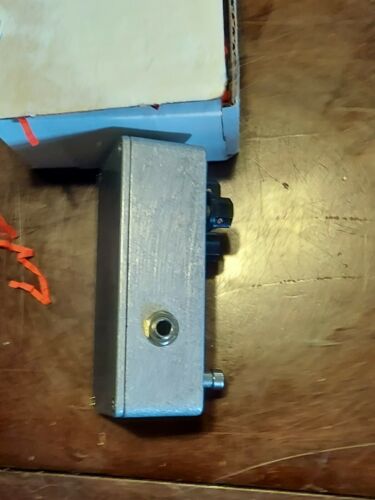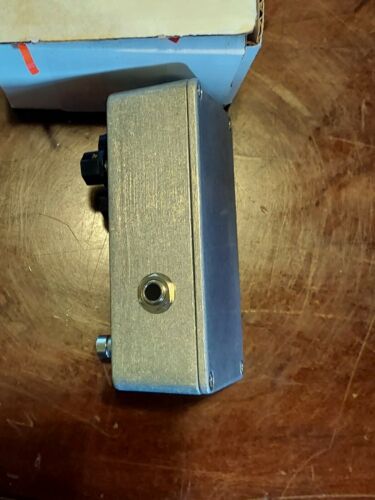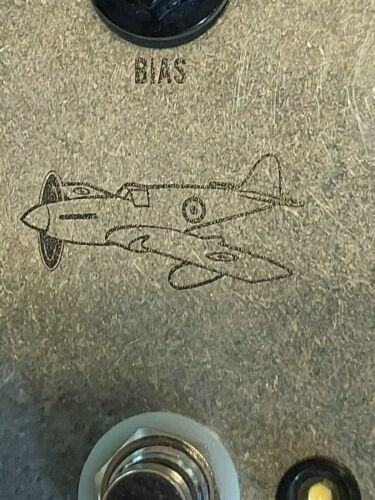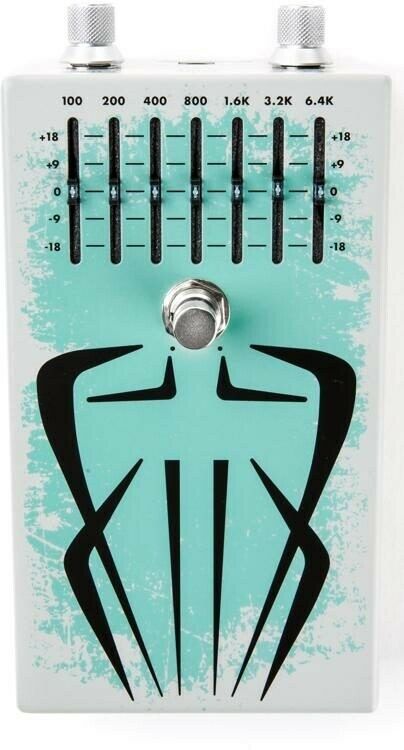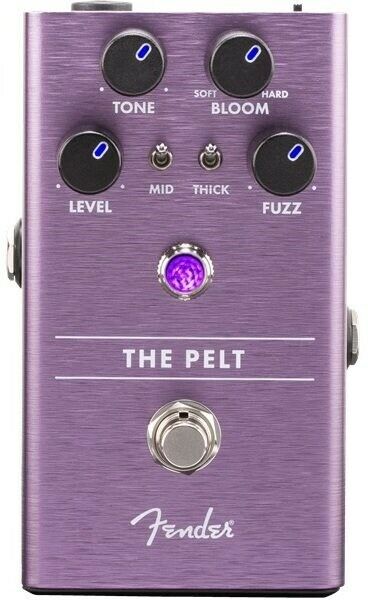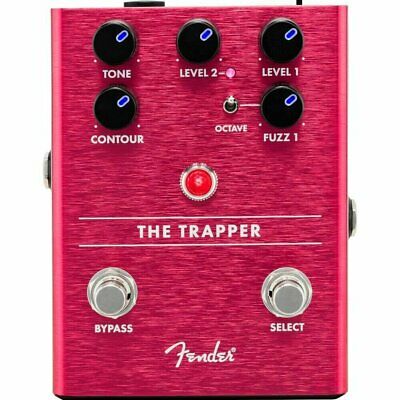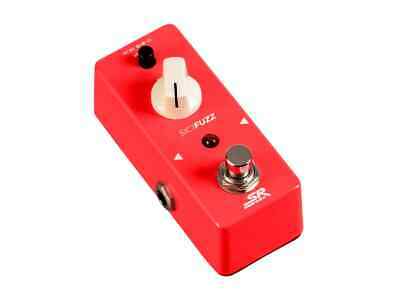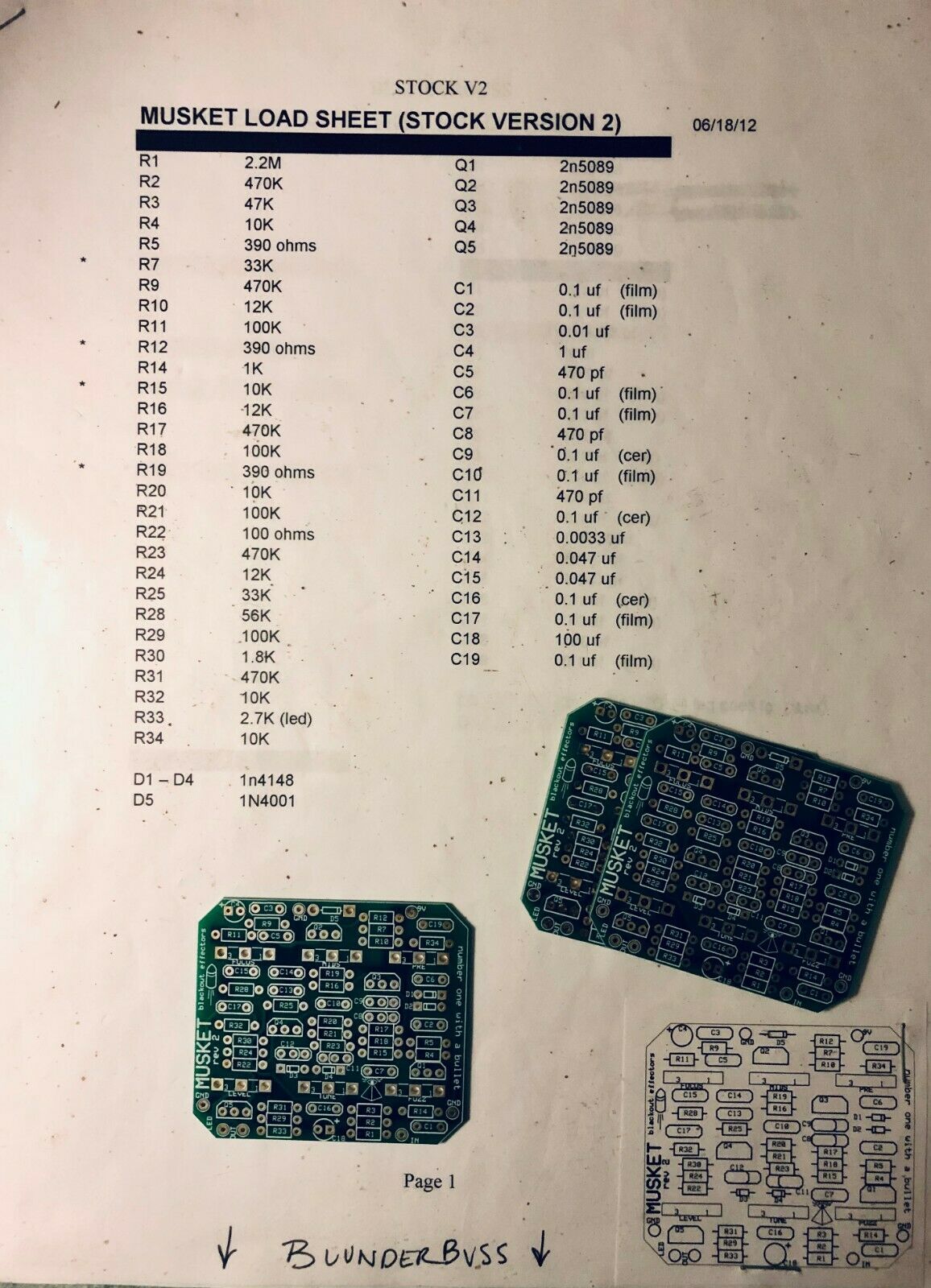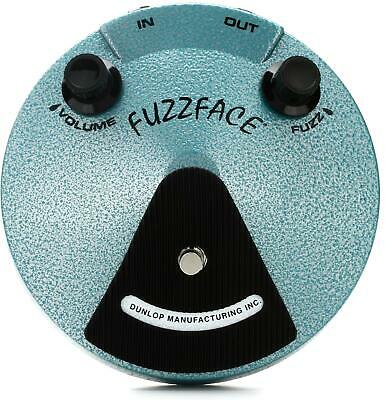-40%
JHS Firefly Fuzz
$ 132
- Description
- Size Guide
Description
JHS Firefly Fuzz. Has been discontinued for a few years now. This one has been well taken care of. Condition is "Used".Low serial number on the board 338. Not original box but original JHS packaging confetti.
The search for the perfect fuzz—it’s never ending. It starts innocently enough. You hear a great recorded fuzz tone and you start searching for the pedal responsible for the sound. You try a few pedals, buy the one that gets closest, and you think you are complete. Then you start playing and experimenting with that pedal and decide you want something thicker, louder, grittier, more or less-compressed, spongier, insert just about any adjective here. Now the search is on and you are plunging into a full-on fuzz addiction. Before you come to your senses you’ve been through twenty boxes with transistors and knobs and god knows how much money. It’s a sickness, but it’s a fun sickness.
Depending on how much you love the tone versus the chase, the Firefly from JHS will either be just what the doctor ordered or an abrupt end for your Tone Bender quest. The Firefly is based on the three-transistor MKIII Tone Bender, and in this case, those three transistors are new-old-stock germanium AC128s. The MKIII circuit is typically meaner than a Fuzz Face and not quite as heavy as a Big Muff. The good ones have thick/chewy mids and the Firefly excels on this front. Think of the tones on the Black Keys' Thickfreakness and you'll have a good idea of what I'm referring to. MKIIIs don't generally clean up like a Fuzz Face. The MKIII differs from the standard on this point. It doesn't get sparkling clean, but varying your pick attack or adjusting the output on your guitar allows for some pretty big changes in the thickness and sustain of the fuzz.
The heart and magic of the Firefly lies in the interactivity between the Bias, Fuzz, and Tone controls. Each of these on its own can have a huge impact on the tones available, but the interactivity between the three creates an almost limitless range of fuzz tones. I'd suggest starting with all of the controls at noon and then adjusting one at a time, then two at a time, and so on.
Let's start with Bias. This control varies the amount of voltage feeding the transistors, and as a result, it has a huge impact on touch, feel, and tone. Set counter-clockwise, the fuzz is loose and slow. Setting the Bias clockwise creates a sharper, more focused fuzz tone with a faster attack.
Fuzz seems like it should be simple enough, but along with increasing the gain as you turn it clockwise, the fuzz control also changes the compression, attack, and overall tone of the Firefly. As you really crank it, the wave gets squared off as it is clipped and the tone becomes much brighter and cutting. At the most extreme settings, the Firefly is capable of synthy, Velcro-like tones and the gated ‘60s sounds heard on “Satisfaction” and “Incense and Peppermints.” It’s within this range of the controls that the Firefly could end your search for a MKIII and maybe your search for a Bosstone and Maestro as well.
The tone control on the Firefly has a really wide sweep which allows it to be tuned in perfectly to match your guitar and amp combination. It works like the Cut control on a Vox or the Filter on a RAT. Moving it clockwise cuts highs and thickens the tone. You can dial out the brightness of a Strat, enrich the mids of a Les Paul, or add a pleasing roundness to a Tele bridge pickup—all with just minor adjustments to the tone control. I even found settings that worked well for drop-tuned guitars (a tough challenge for most germanium fuzzes). Using the Digitech Drop to lower my Tele three whole steps, I found a really sludgy and thick tone with the Bias at 9 o'clock, Tone at 1 o'clock, and Fuzz at 3 o'clock. It was one of those tones that sucks you in for hours.
I tested the Firefly through a wide range of guitars including a Fender Telecaster, Reverend Pete Anderson RT, and a Paul Reed Smith S2 Mira Semi-Hollow. In all cases, the Firefly adds its magic without obscuring the natural voice of the guitar. It was equally happy into high-wattage and low-wattage amps of American and British descent. I think my favorite combination was either the Tele or Mira into a Vox AC15HW.
All of this adds up to a killer example of a Tone Bender MKIII. But JHS didn't stop there, the Firefly has tons of volume on tap (much more than other Tone Benders) and features an internal voltage converter so you don't have worry about daisy-chaining it with other pedals. It's also made very well right in the USA (Missouri to be exact). Combine all of these features with great looks and a solid feel and you can't go wrong
